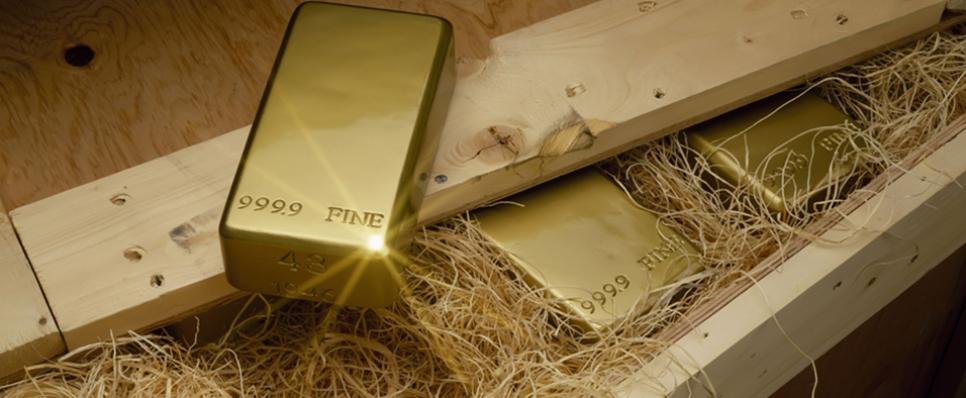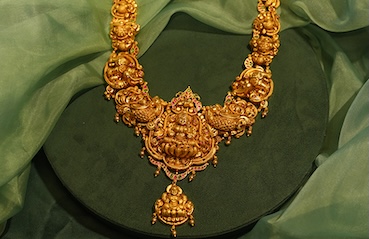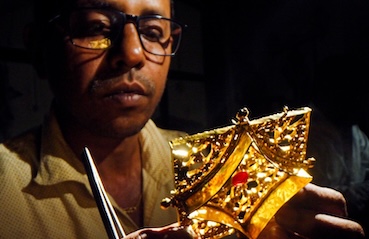Published: 05 Sep 2017
The Gold Standard summarized

In the early days of money, gold coins were a common form of currency. It was an approach that meant money had an intrinsic value. Break a gold coin in half, and you have 2 pieces of half the original value each. But as time carried on, and trade volumes of goods and services grew, there came around a need for paper money to help better regulate and control the wealth of a nation.
The gold standard was a means of fixing the value of money and came about after the end of World War II; the world needed a plan to help rebuild itself. With the Great Depression sandwiched between the two world wars, the world leaders came together under the Bretton Woods Agreements in 1944 to help rebuild the world. This system created a gold exchange standard where the price of gold was fixed to the U.S. dollar. The reason the U.S. dollar was chosen is because the United States emerged fairly unscathed through the two world wars and was the strongest economy at the time. Unlike previously strong European nations, the United States did not have to repair infrastructure or fix towns that had been bombed during the war. This was a radical experiment that had never been done before and it made the United States very powerful in the world’s markets.
As result of the Bretton Woods Agreement, the price of gold was fixed to $35 an ounce, which stood for the next 25 years until the 1970s and the Vietnam War. The Vietnam War caused the gold standard to collapse, leading to its abandonment in 1971. As of 2014, no country currently abides by the gold standard anymore. In other words, we now live in a world where no currency is backed by gold.
This has not stopped countries and Governments from holding on to their gold reserves. As of April 2017, India possesses the 10th largest gold reserves of all the nations in the world at 557 tonnes.











